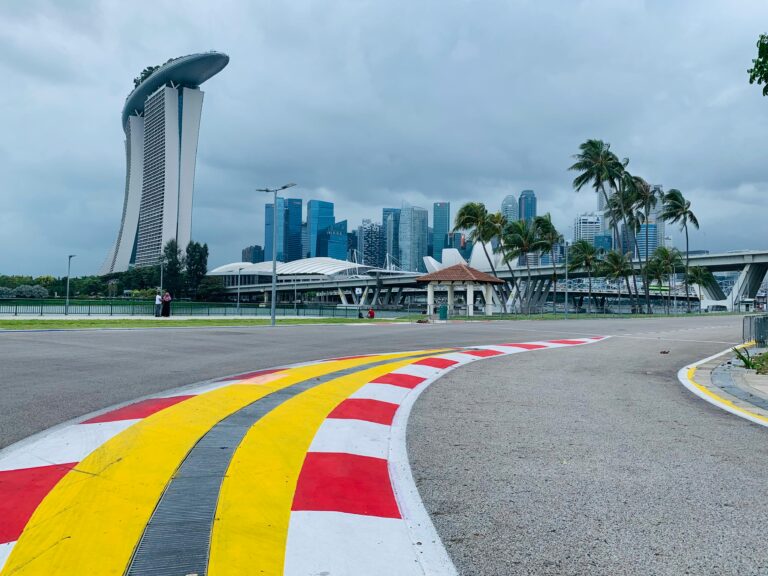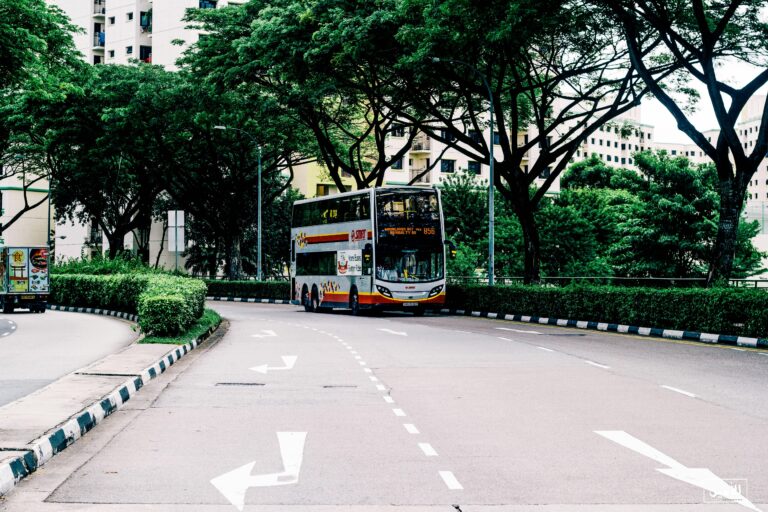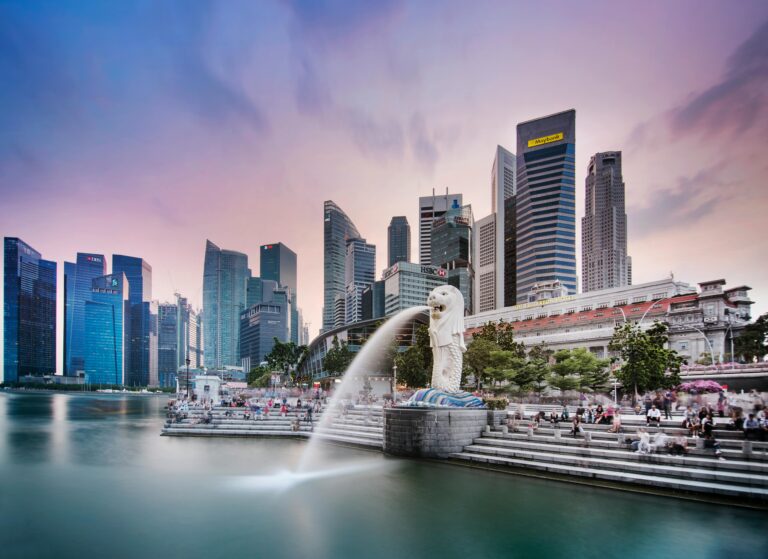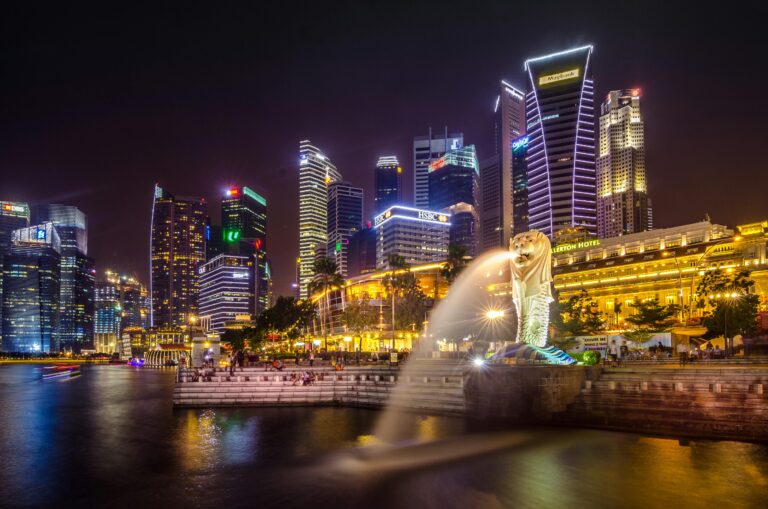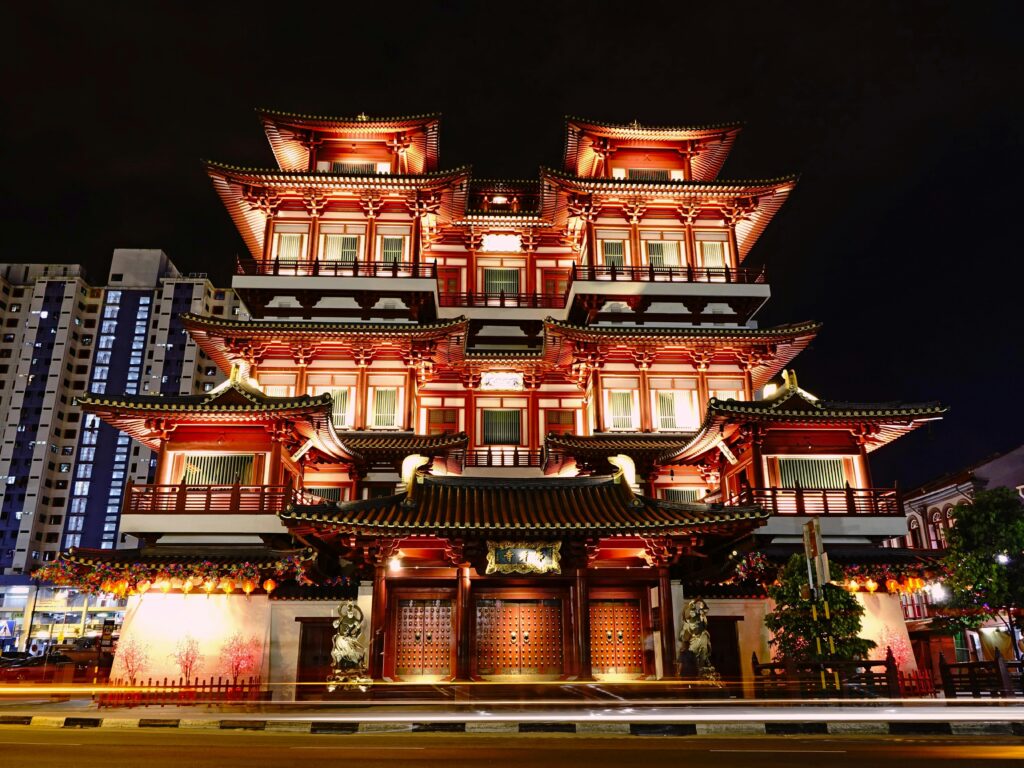
Singapore, a vibrant melting pot of cultures, stands out as a testament to unity in diversity. This island city-state, despite its modern skyline and fast-paced lifestyle, remains deeply rooted in its traditions. These customs reflect the harmonious coexistence of various ethnic groups, including Chinese, Malay, Indian, and Eurasian communities. Each tradition, celebrated with fervor and respect, adds to the rich tapestry of Singaporean culture.
Learn more articles here: https://learntodrivesg.com/
Chinese Traditions
The Chinese community, the largest ethnic group in Singapore, celebrates several key traditions:
- Chinese New Year: This is the most significant festival for the Chinese. Celebrations begin with the reunion dinner on the eve, where families come together to enjoy a feast. Homes are decorated with red lanterns and couplets, symbolizing good fortune. The festivities include lion and dragon dances, firecrackers, and the exchange of red packets (hongbao) containing money.
- Mid-Autumn Festival: Known for its beautiful mooncakes and lantern displays, this festival celebrates the harvest and the full moon. Families gather to admire the moon, light lanterns, and enjoy mooncakes, which come in various flavors and fillings.
- Qing Ming Festival: Also known as Tomb-Sweeping Day, this tradition involves families visiting the graves of their ancestors to clean the tombstones, offer food, and burn joss paper as a mark of respect and remembrance.
Malay Traditions
The Malay community enriches Singapore’s cultural landscape with their vibrant traditions:
- Hari Raya Puasa (Eid al-Fitr): This festival marks the end of Ramadan, the Islamic holy month of fasting. It begins with prayers at the mosque and is followed by feasting and visiting friends and family. Homes are decorated, and traditional Malay dishes such as ketupat, rendang, and kuih are prepared.
- Hari Raya Haji (Eid al-Adha): Also known as the Festival of Sacrifice, it commemorates the willingness of Ibrahim to sacrifice his son in obedience to God. The day is marked by prayers, the sacrificial slaughter of livestock, and distributing the meat to the needy.
- Malay Weddings: A Malay wedding is a grand affair, often lasting several days. It includes the bersanding ceremony, where the bride and groom are treated like royalty. Traditional music, dances, and the vibrant attire of the couple and guests add to the festive atmosphere.
Indian Traditions
The Indian community, with its rich cultural heritage, contributes significantly to Singapore’s traditions:
- Deepavali (Diwali): Known as the Festival of Lights, Deepavali signifies the triumph of light over darkness and good over evil. Homes are illuminated with oil lamps, and families gather to perform prayers, exchange sweets, and enjoy traditional Indian delicacies.
- Thaipusam: This Hindu festival is a time of devotion and penance. Devotees carry kavadis (decorated structures) on a pilgrimage, often with physical piercings, to fulfill vows made to Lord Murugan. The sight of devotees in vibrant attire and the rhythmic beat of drums create a mesmerizing atmosphere.
- Pongal: Celebrated mainly by the Tamil community, Pongal is a harvest festival. It involves cooking a special dish called Pongal, made from the newly harvested rice, in an earthen pot. The festival also includes traditional dances, music, and colorful kolam (rangoli) designs.
Eurasian Traditions
The Eurasian community, though smaller in number, adds to Singapore’s multicultural mosaic:
- Christmas: Celebrated with great enthusiasm, Christmas in Singapore features beautifully decorated streets, festive markets, and church services. Eurasian families come together to enjoy a festive meal, often featuring dishes like roast turkey, ham, and sugee cake.
- Eurasian Weddings: These weddings blend European and Asian customs, reflecting the community’s mixed heritage. The ceremonies are joyous occasions, with lively music, dancing, and a fusion of culinary delights.
Festivals and Modern Celebrations
Many traditional festivals in Singapore have evolved to include modern elements while retaining their core cultural significance. For example, during Chinese New Year, alongside the traditional lion dances and family gatherings, there are now large-scale public events such as the River Hongbao and Chingay Parade. These events feature vibrant floats, multicultural performances, and stunning fireworks, attracting both locals and tourists.
Similarly, Deepavali celebrations in Little India include traditional activities like lighting oil lamps and making kolam designs, complemented by festive bazaars and light-up displays along Serangoon Road. These modern additions help to keep the traditions alive and relevant, ensuring that younger generations remain engaged.
Cultural Institutions and Education
Singapore is home to numerous cultural institutions that play a pivotal role in preserving and promoting traditions. Museums such as the Asian Civilisations Museum and the Peranakan Museum offer insights into the diverse cultural heritage of Singapore. These institutions organize exhibitions, workshops, and educational programs that allow visitors to explore and appreciate traditional arts, crafts, and customs.
In addition, cultural centers and community clubs across the island conduct classes and activities that teach traditional dance forms, music, languages, and culinary skills. These efforts are crucial in passing down knowledge and skills to younger generations, ensuring that cultural practices are not lost amidst rapid modernization.
Fusion of Tradition and Innovation
One of the most remarkable aspects of Singaporean culture is its ability to blend tradition with innovation. This fusion is particularly evident in the culinary scene, where traditional recipes are given a contemporary twist. For instance, chefs in Singapore experiment with flavors and presentation, creating modern interpretations of classic dishes like laksa, Hainanese chicken rice, and nasi lemak.
Fashion is another area where tradition and innovation intersect. Designers incorporate traditional fabrics, motifs, and techniques into contemporary clothing, creating unique pieces that reflect Singapore’s multicultural heritage. This approach not only preserves traditional craftsmanship but also makes it accessible and appealing to a broader audience.
Community Efforts and Social Media
Grassroots organizations and community groups play an essential role in keeping traditions alive. These groups organize cultural festivals, heritage trails, and community events that bring people together to celebrate and learn about their shared heritage. Social media platforms also serve as powerful tools for promoting cultural awareness and engagement. Through blogs, vlogs, and social media campaigns, individuals and organizations share stories, recipes, and tutorials, making cultural knowledge more accessible to a global audience.
Government Support and Policies
The Singaporean government actively supports the preservation of cultural heritage through various policies and initiatives. The National Heritage Board (NHB) spearheads efforts to safeguard and promote Singapore’s intangible cultural heritage. Programs like the Heritage Grant and the Intangible Cultural Heritage Inventory encourage individuals and communities to document and share their traditions.
Moreover, events such as the Singapore Heritage Festival and the Singapore Night Festival celebrate the nation’s cultural diversity and history, drawing attention to traditional practices in a contemporary context. These initiatives highlight the government’s commitment to nurturing a sense of national identity rooted in multiculturalism.
Conclusion
Singapore’s traditions, stemming from its diverse ethnic communities, create a unique cultural landscape that is both dynamic and deeply rooted. These customs, celebrated with respect and enthusiasm, foster a sense of belonging and unity among Singaporeans. As the city-state continues to evolve, its rich tapestry of traditions remains a testament to its harmonious multiculturalism, preserving the essence of its identity for future generations.


